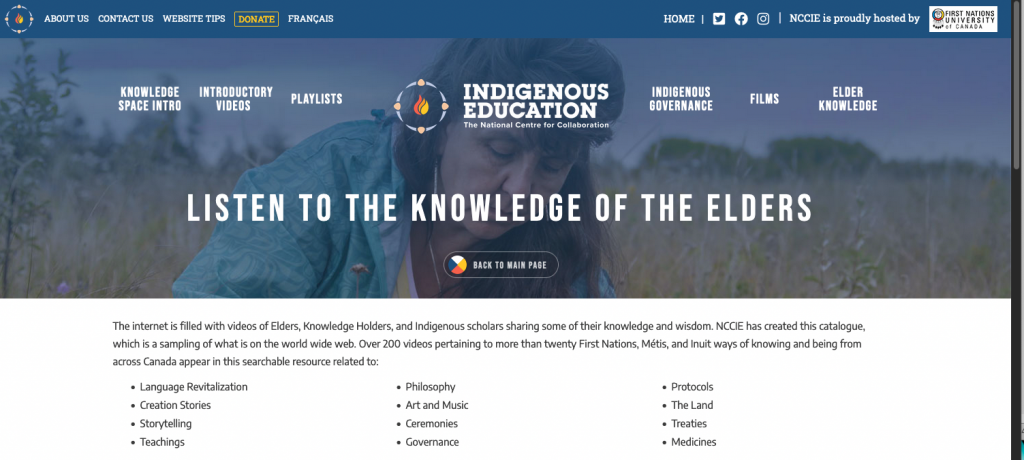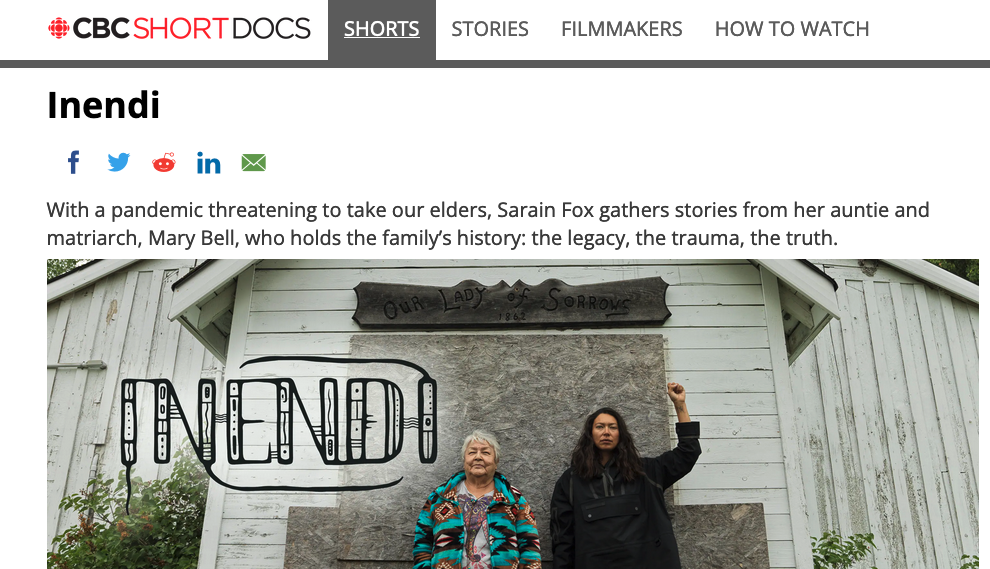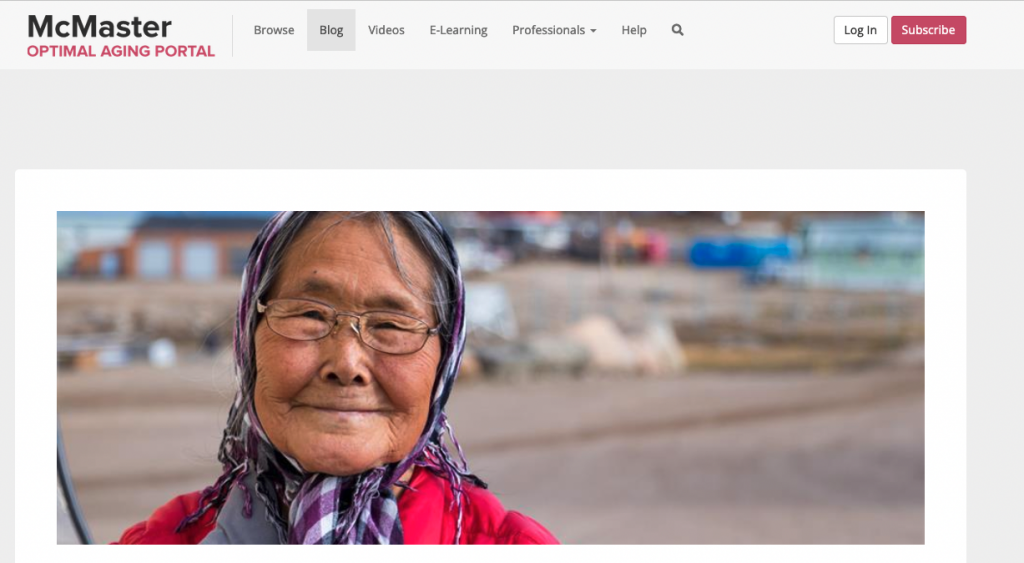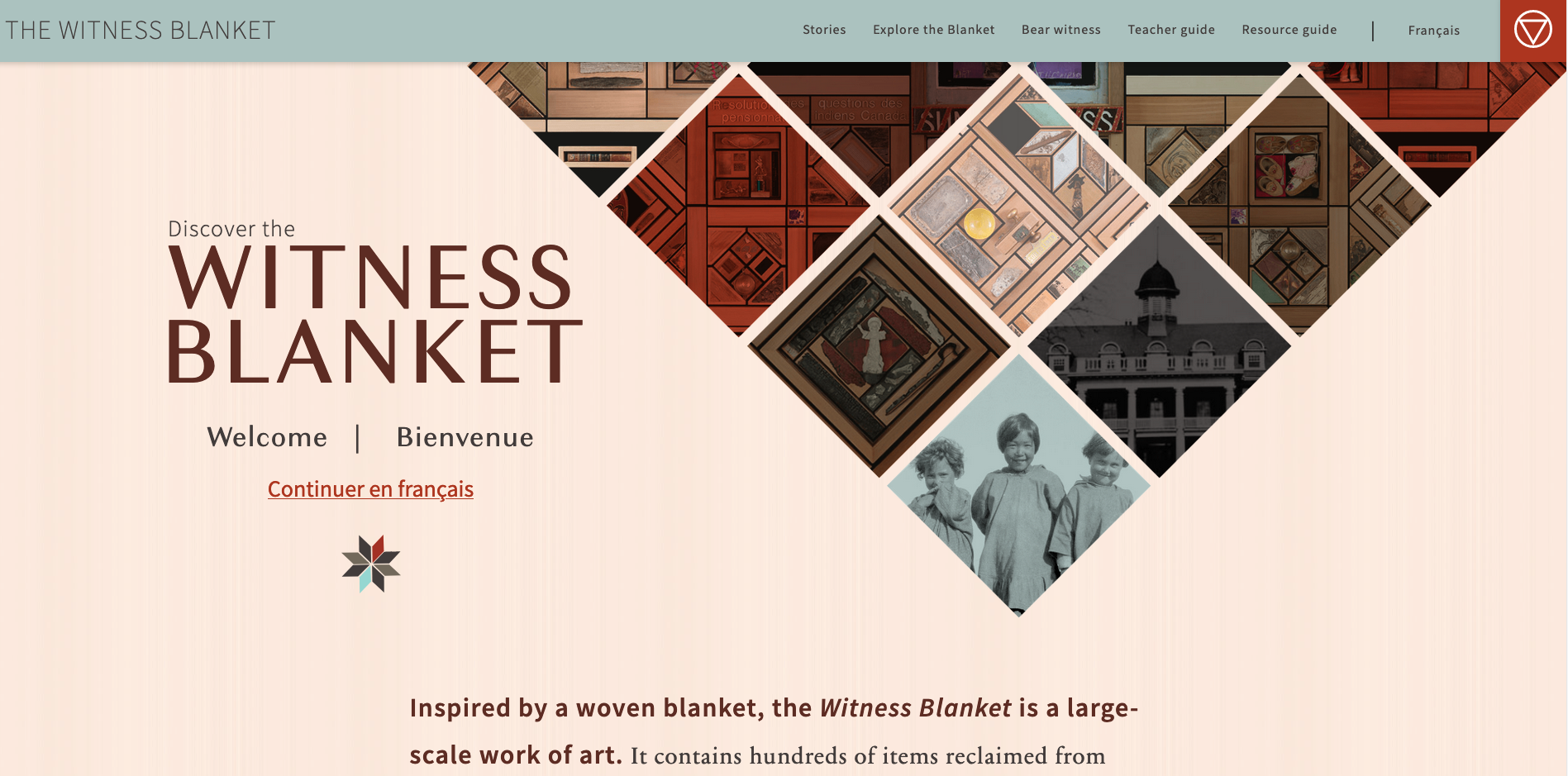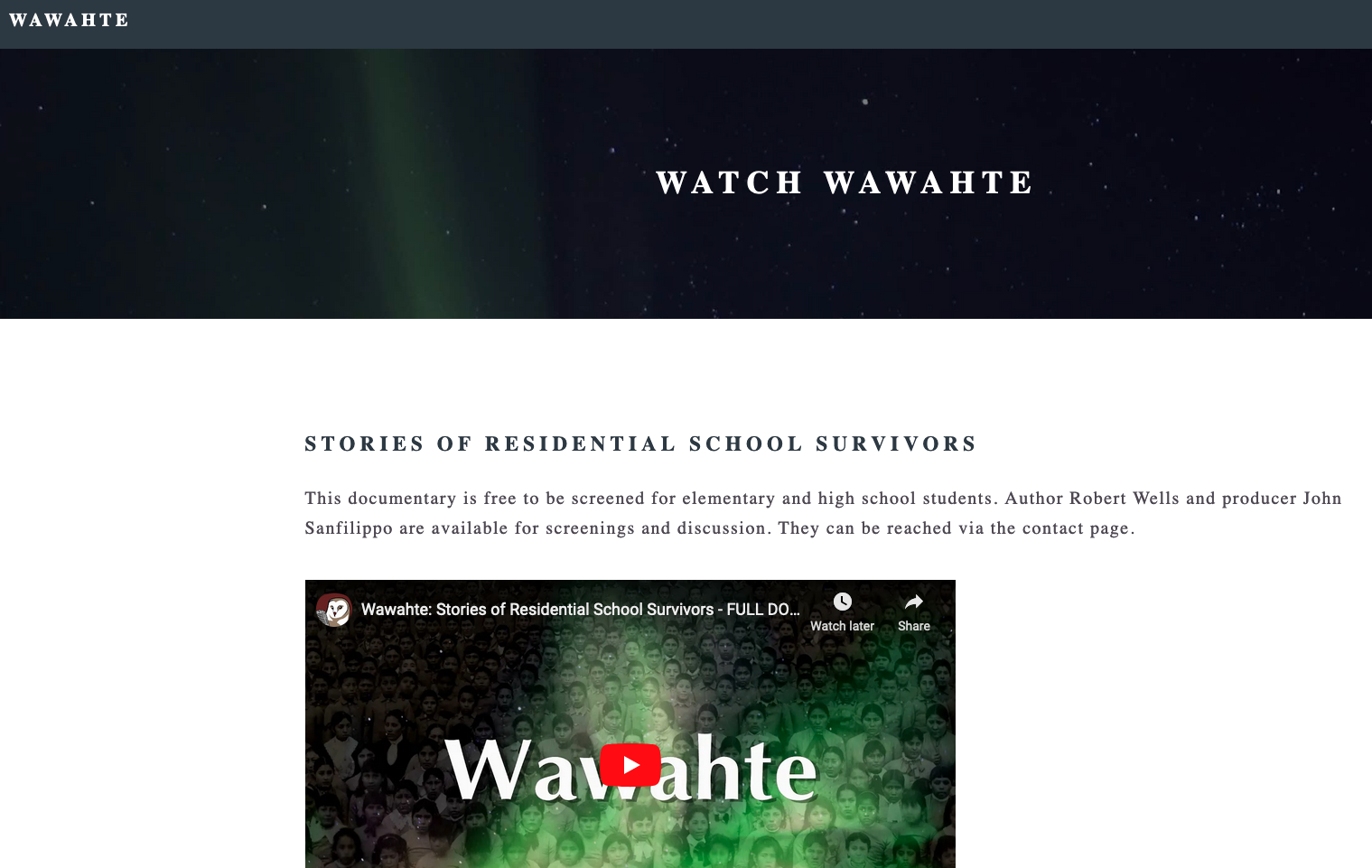Research Blog of Websites Assignment by Sam Charles
A colleague shared this video (on Instagram) providing a perspective/definition of decolonization.
As I have started to investigate the themes of using video to tell Indigenous stories, I have come across the following sources:
List of sources related to Indigenous technology and education
https://worldwidescience.org/topicpages/i/indigenous+technology+education.html
The Teaching for Indigenous Education website responds to the changing educational landscape that recognizes the importance of educational frameworks based on Indigenous perspectives
https://ets.educ.ubc.ca/innovation/special-projects/teaching-for-indigenous-education/
-link to project however is broken
Implementing Indigenous Education with Technology Education in British Columbia
Indigenous peoples teach the world First Nations wisdom through technology
https://www.weforum.org/agenda/2022/08/indigenous-people-augmented-reality/
This project begins by outlining why Indigenous education and technology education need to be more closely connected.
https://dspace.library.uvic.ca/handle/1828/12903?show=full
O’Shea, J. (2021). Implementing indigenous education with technology education in British Columbia
Why The Time For Indigenous-led Innovation In Tech Is Now, And How To Support It
https://technologycouncil.ca/2022/02/07/why-the-time-for-indigenous-led-innovation-in-tech-is-now/
Indigenous Technology in Technology Education Curricula and Teaching. Gumbo, Mishack (University of South Africa)
https://www.researchgate.net/publication/283812891_Indigenous_Technology_in_Technology_Education_Curricula_and_Teaching
The use of ICTs and E-learning in Indigenous Education
Kevin O’Connor, Mount Royal University
https://k12sotn.ca/papers/the-use-of-icts-and-e-learning-in-indigenous-education/
The affordances of technology for teaching Indigenous knowledge
Olivier, Jacko et al (2019)
Olivier, Jako & Van der Westhuizen, Cp & Laubscher, Dorothy & Bailey, Roxanne. (2019). The affordances of technology for teaching indigenous knowledge. 10.4102/aosis.2019.BK133.10.
https://www.researchgate.net/publication/337936285_The_affordances_of_technology_for_teaching_indigenous_knowledge
WEAVING WAYS INDIGENOUS WAYS OF KNOWING IN CLASSROOMS AN D SCHOOLS
Alberta Regional Professional Development Consortium
https://empoweringthespirit.ca/wp-content/uploads/2018/09/Weaving-Ways-Introductory-Document-10-09.pdf
MULTIMEDIA TECHNOLOGY AND INDIGENOUS LANGUAGE REVITALIZATION: PRACTICAL EDUCTIONAL TOOLS AND APPLICATIONS USED WITHIN NATIVE COMMUNITIES
PhD dissertation from University of Arizona
http://www.malsmb.ca/docs/multimedia-technology-and-indigenous-language-revitalization.pdf
Determinants of Indigenous Student Learning with Digital Technology: A Qualitative Study in a Remote Manitoba First Nations Community
PhD dissertation from University of Manitoba
https://mspace.lib.umanitoba.ca/bitstream/handle/1993/32752/Ben%20Akoh.pdf?sequence=3
